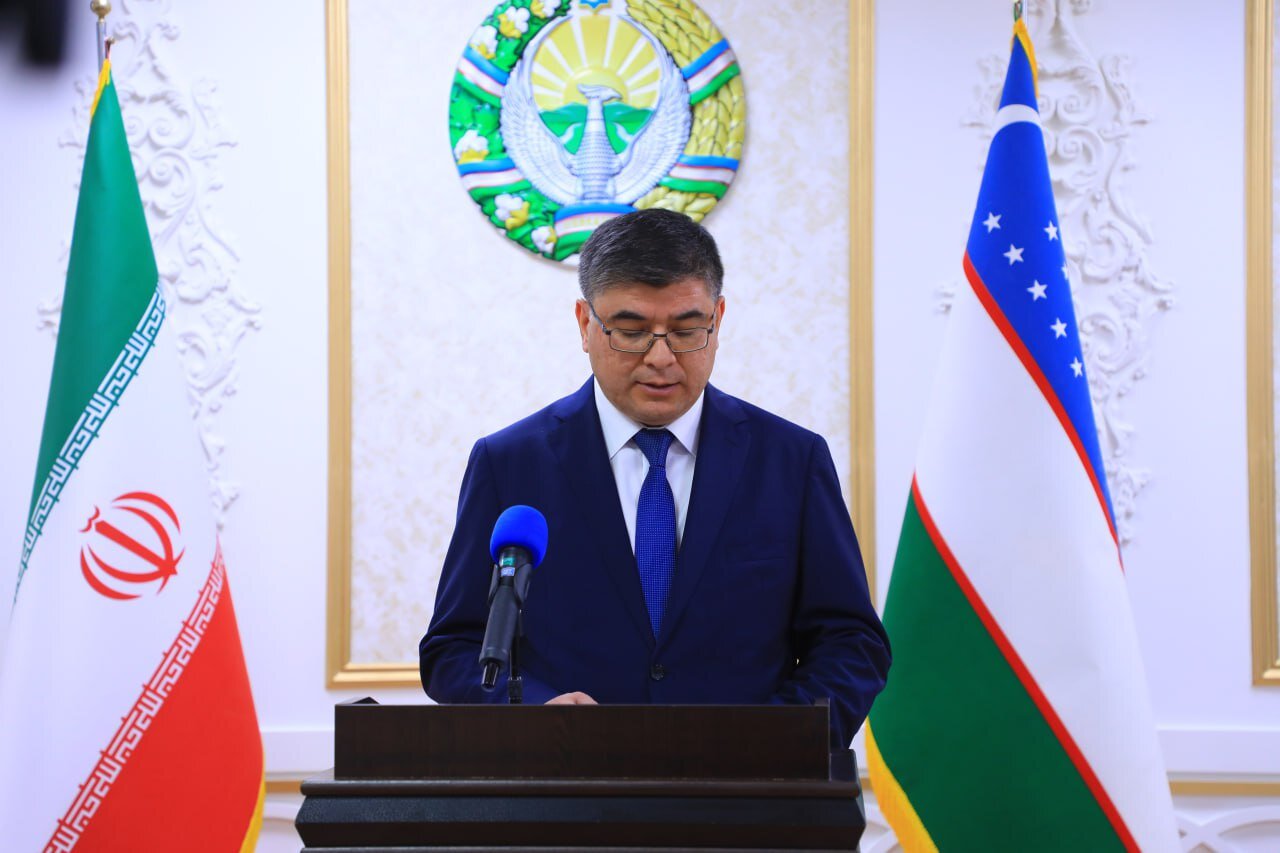
Similar Posts
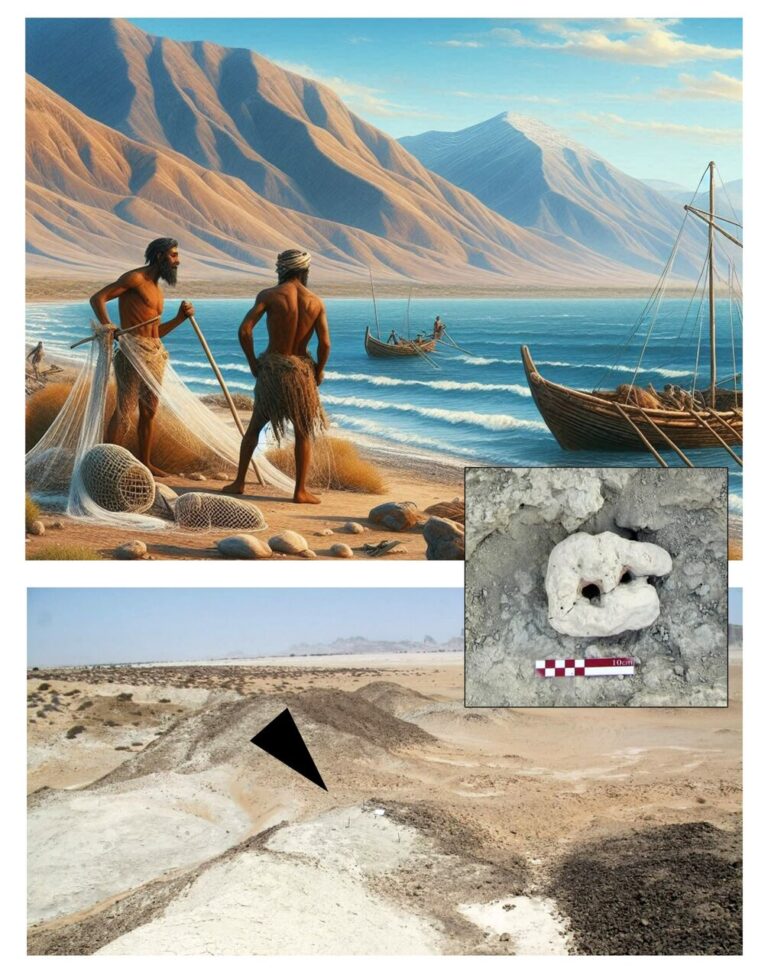
Ancient Fishing Secrets Revealed: Archaeologists Discover Prehistoric Evidence in Southeast Iran
Recent archaeological discoveries along Iran’s Makran coasts reveal significant evidence of ancient fishing and maritime activities, dating back to various cultural periods. Excavation leader Mortaza Hessari noted the importance of artifacts found at the Kopal site, including Paleolithic stone tools, fishing hooks, and net weights, which highlight early human adaptability to marine environments. Urgent salvage excavations are underway due to threats from modern construction, with support from local authorities crucial for preserving this heritage. Plans for a Makran Cultural Heritage Studies Center aim to enhance research and awareness of the region’s historical significance.

Nowruz: Embrace the Joy of Iran’s Vibrant New Year Celebration!
Nowruz, meaning “New Day,” marks the first day of spring and the Iranian calendar year, celebrated by millions across countries like Iran, Afghanistan, and Turkey. Recognized by UNESCO as part of Intangible Cultural Heritage, Nowruz spans 13 days, symbolizing nature’s rebirth. Key traditions include the Haft-Seen table, featuring seven symbolic items that represent health, wealth, and prosperity. Families engage in spring cleaning, wearing new clothes, and cooking traditional dishes like Sabzi Polo with fried fish. This vibrant festival fosters joy, unity, and respect for nature, allowing communities to honor their heritage while embracing fresh beginnings.
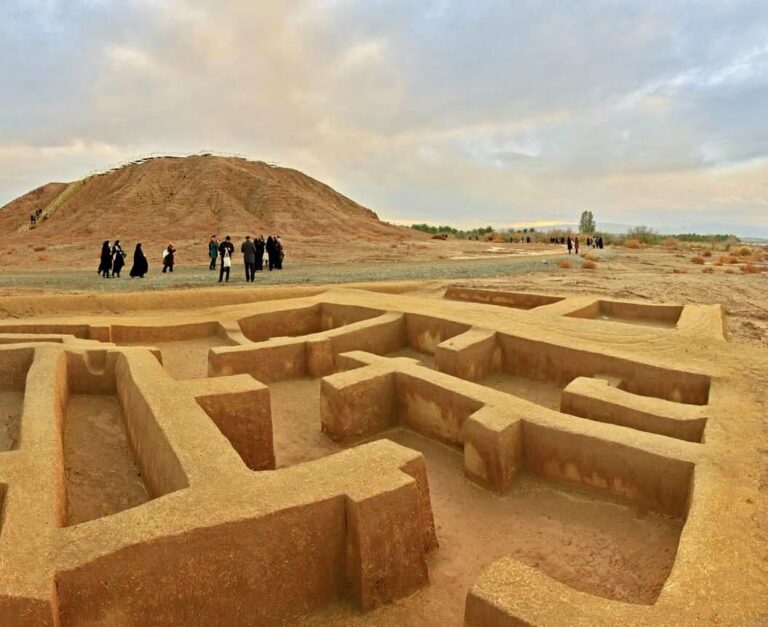
Revolutionary Aerial Mapping Unveils Jiroft’s Hidden Archaeological Treasures for the First Time!
For the first time, aerial mapping has been conducted over the archaeological sites in Jiroft, Iran, known for its Bronze Age ruins from the 3rd millennium BC. This initiative enhances documentation and preservation efforts at the ancient city of Old Jiroft and Qal’eh Kuchak. Officials emphasize the need for global recognition of Jiroft’s cultural heritage, which is considered a cradle of civilization. Despite its historical significance, geological factors have limited tourist interest. Recent discoveries following floods have revealed ancient artifacts, prompting local efforts to explore and protect the site’s rich history and cultural legacy.
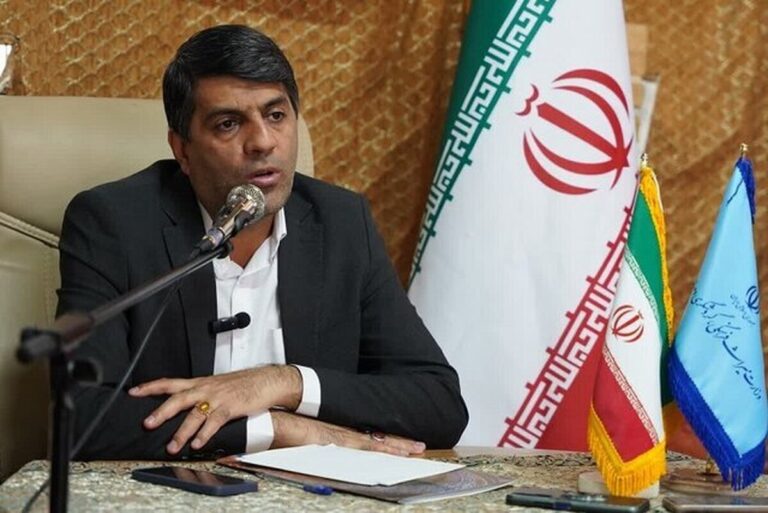
Iranian Handicrafts Earn Prestigious WCC Seals of Excellence
The World Crafts Council has awarded Seals of Excellence to three artisans from Fars province, Iran, highlighting their exceptional craftsmanship and cultural heritage. The recipients are Karim Azargasht (wooden constructions), Nazem Mohammadi-Kashkouli (kilim weaving), and Saharnaz Lafti (carved jewelry boxes). The awards, announced by provincial tourism chief Mohammad Sabet-Eqlidi, aim to promote Iranian craftsmanship globally. Winning artworks will be registered, contributing to the artisans’ recognition and cultural exchange. Iran has exported $224 million in handicrafts this year, reflecting global demand. Additionally, 16 cities and three villages in Iran have been recognized as “world cities of handicrafts,” boosting tourism and cultural heritage.

Discovering Takht-e Rostam: A Historical Gem on the Southern Edge of the Caspian Sea
Recent research in Iran’s Takht-e Rostam archaeological site has unveiled significant insights into the Caspian Sea’s shoreline, dating back over 31,000 years. This site, crucial for understanding Paleolithic human settlements, revealed that the Caspian Sea once extended further than its current boundaries. Excavations led by Hossein Ramadanpour unearthed over 2,600 stone tools, indicating extensive human activity. The findings, published in the Iranian Journal of Archaeological Studies, highlight the site’s geological significance, with sediments dating back two million years. Registered as a national heritage site since 2002, Takht-e Rostam continues to shed light on early human interactions with their environment.
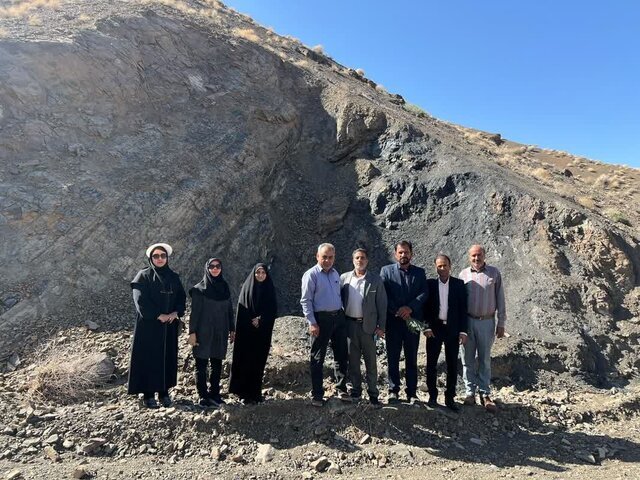
Zarand’s Dinosaur Footprint: A New Must-See Tourist Attraction in the County!
A dinosaur footprint discovered in the Deh-Alireza region of Zarand county, Iran, is emerging as a significant tourist attraction. Local officials, including Mohammad Eslami from the Zarand Cultural Heritage Department, believe it has great potential for sustainable tourism and scientific exploration. The footprint, likely from a herbivorous dinosaur that lived around 180 million years ago, highlights the area’s rich geological history. Efforts to protect and develop the site for tourism are underway, aiming to attract visitors interested in paleontology. This discovery not only enhances Kerman province’s scientific value but also positions it as a destination for cultural and educational tourism.